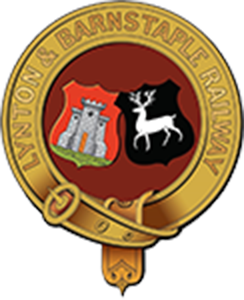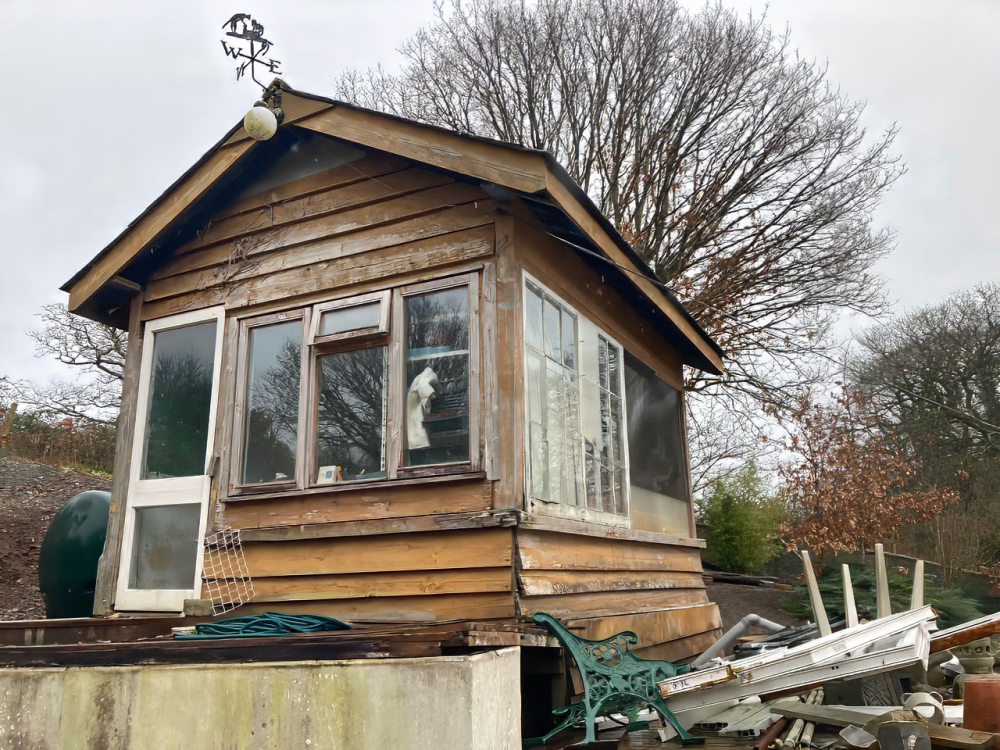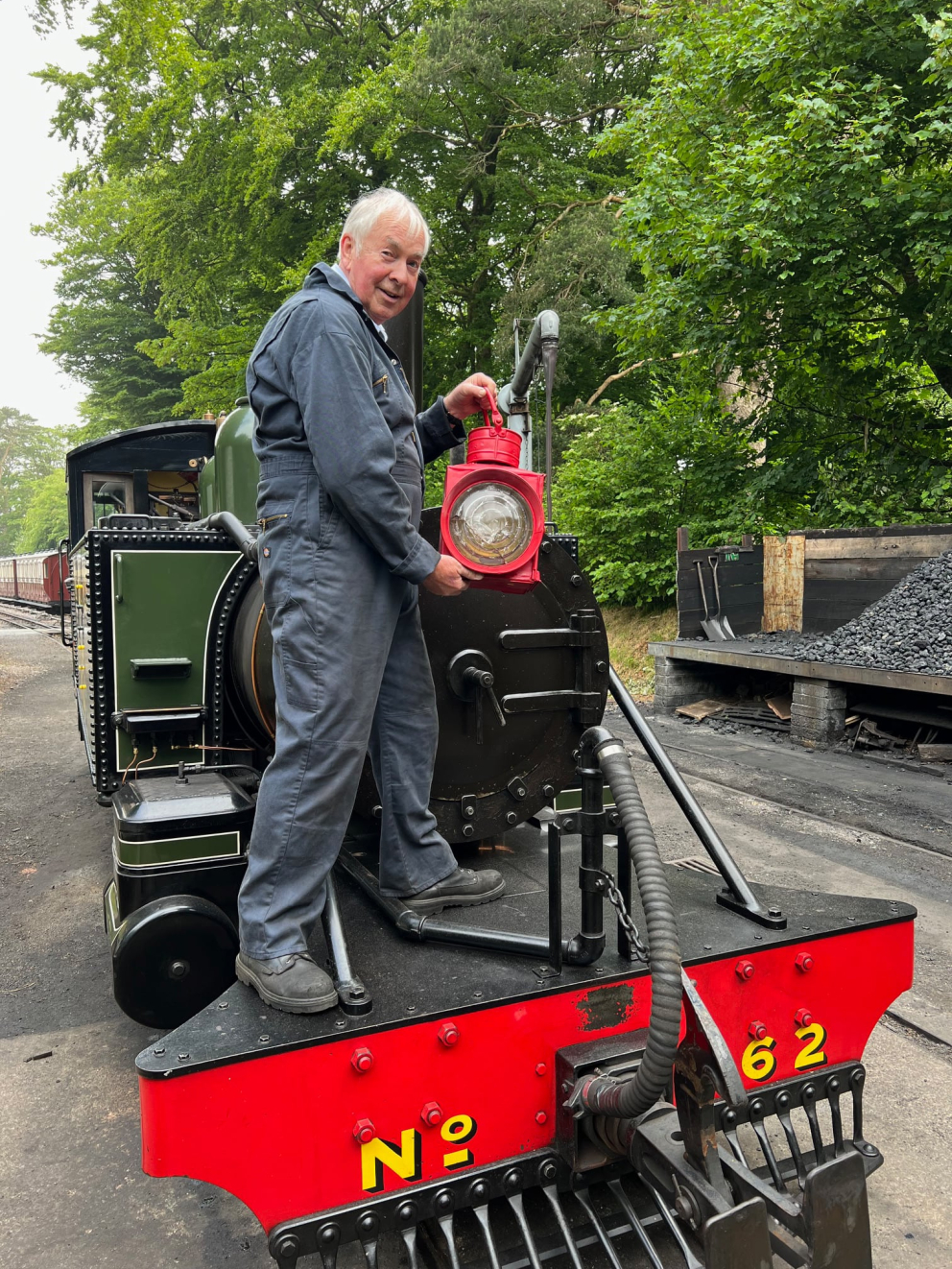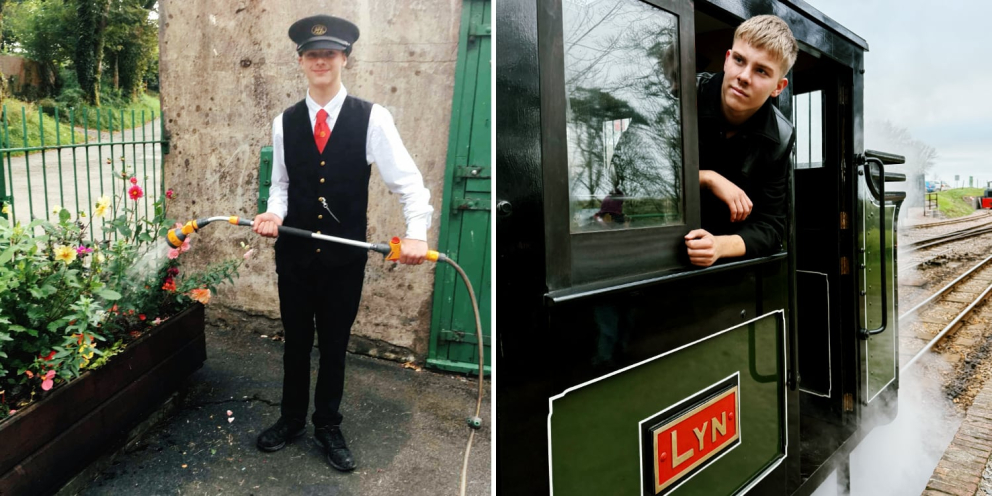Conservation of the Barnstaple (L&B) Signal Box – Part 3
Window framing and surrounds
The next items to receive attention are the upright frame members located at the mid-point along the front, back and Lynton end of the box. At the Lynton end there was a tenon joint where the upright joins both the window sill and the lintel. On the front and back walls, there was only a tenon joint at the top, and these uprights were joined to the sill by 4 off 4" nails driven diagonally through each face. These differences perhaps give a clue as to how the signal box was erected. With tenons on every joint in the frame, the Lynton end of the box was probably assembled flat on the ground or in a workshop. The same was probably true for the Barnstaple gable end as well (TBC). On the other hand, the intermediate uprights on the front and back walls could have been inserted after the sills and lintels were already in place, i.e. once the rest of the signal box frame had beeen erected.
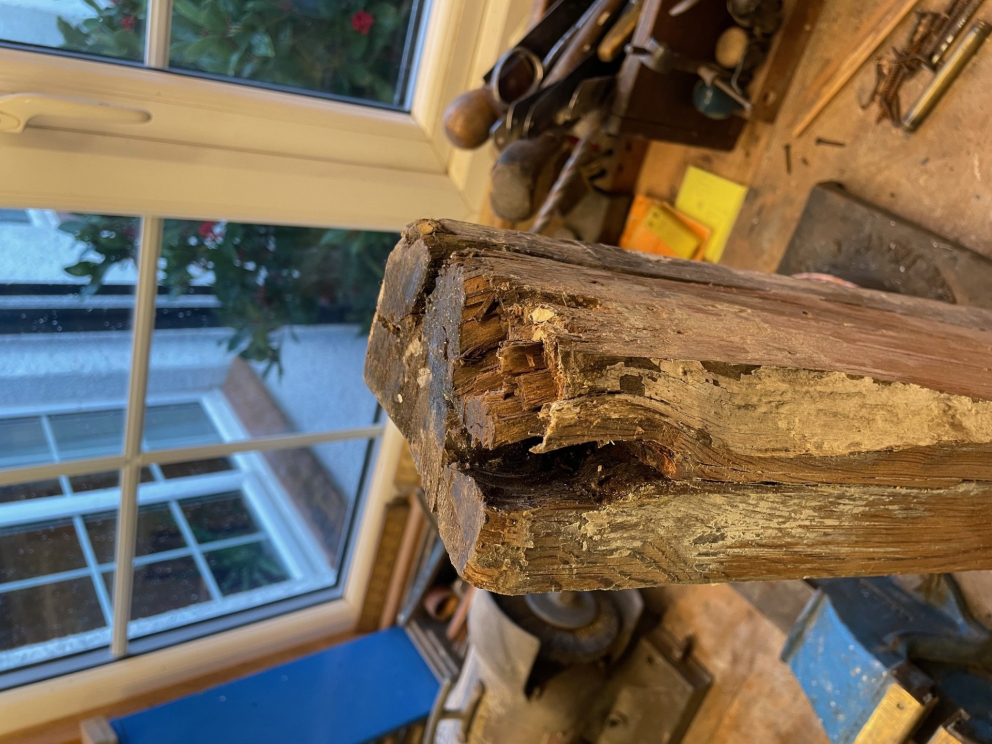
126 years after construction, the 4" nails have caused problems as the joints proved impossible to undo wthout causing significant damage to the timber.
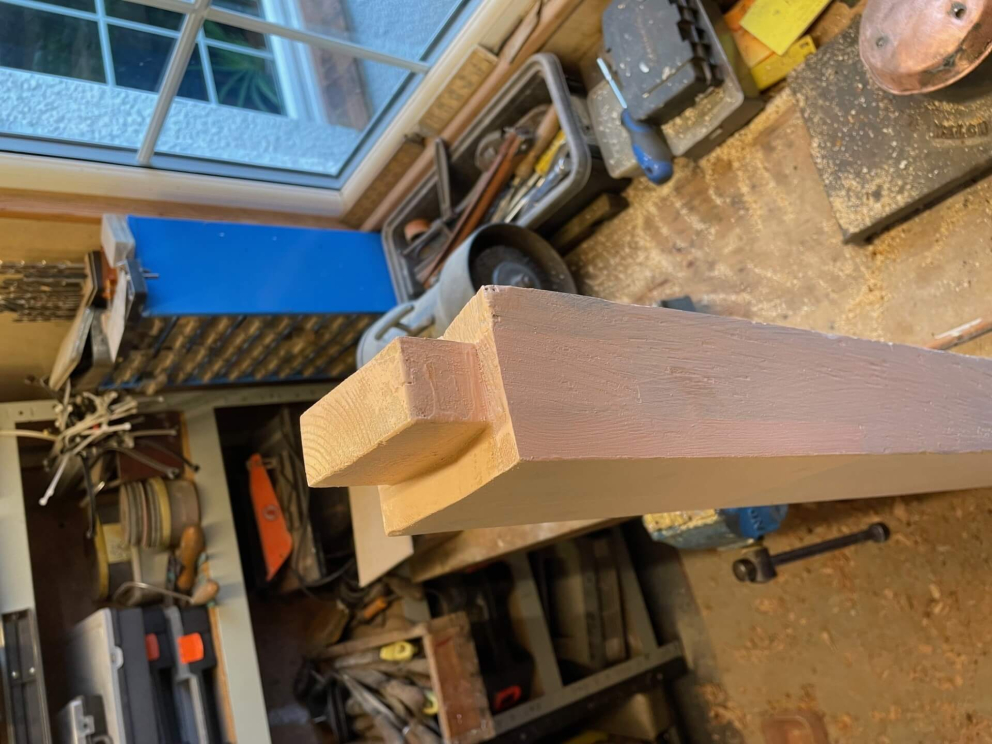
The repaired upright has a new tenon which can be removed if desired to enable reconstruction.
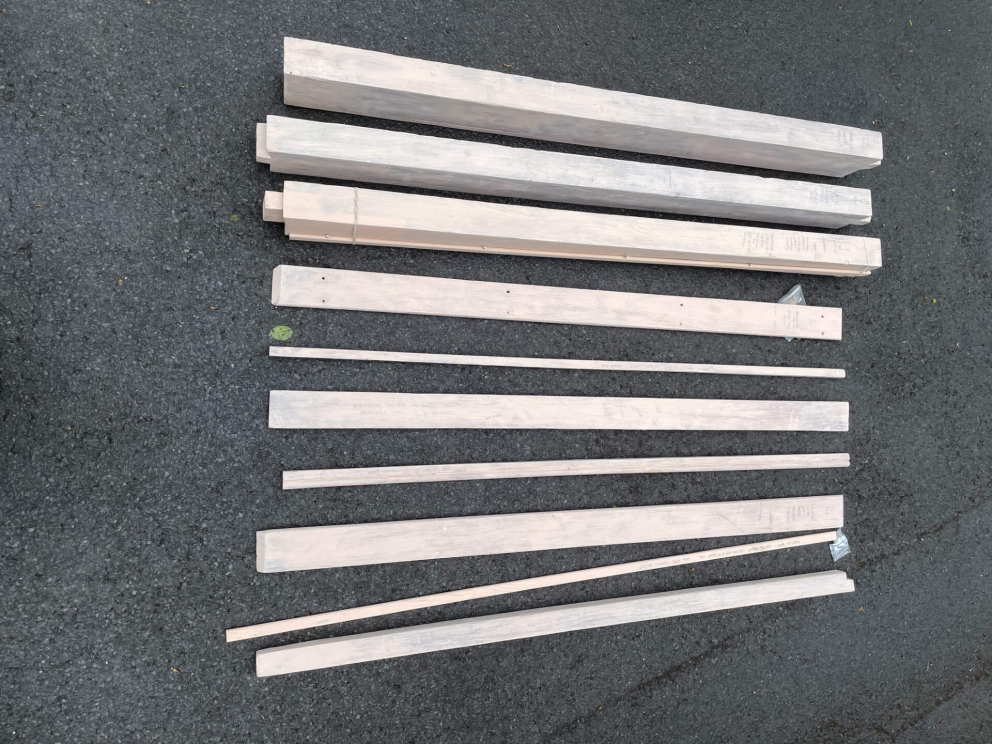
Although only three of the eleven window sashes have survived, most of the window surrounds and architraves have been recovered. Most have suffered some sort of damage or rot, but are repairable.
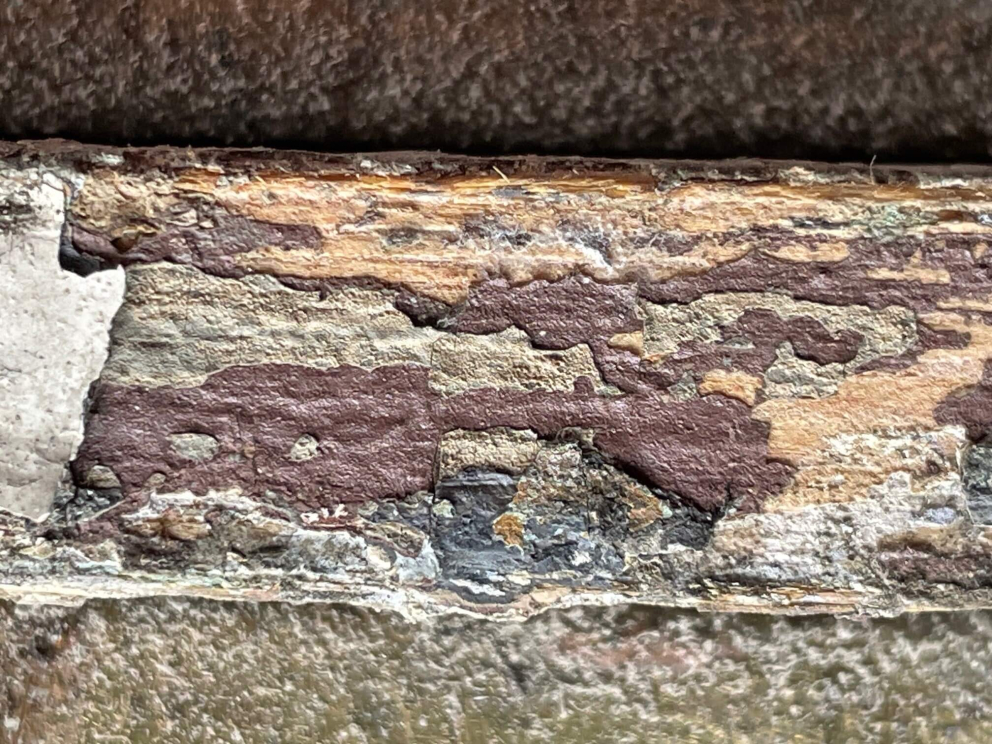
Almost all the paint on these components was either white (exterior faces) or a pale green (on internal faces). The green is similar to the colour used extensively by the National Trust, and is close to the colour used on the internal walls of Chelfham Station building. One of the pieces of architrave showed eveidence of other colours (see image), but these have not been widely found.
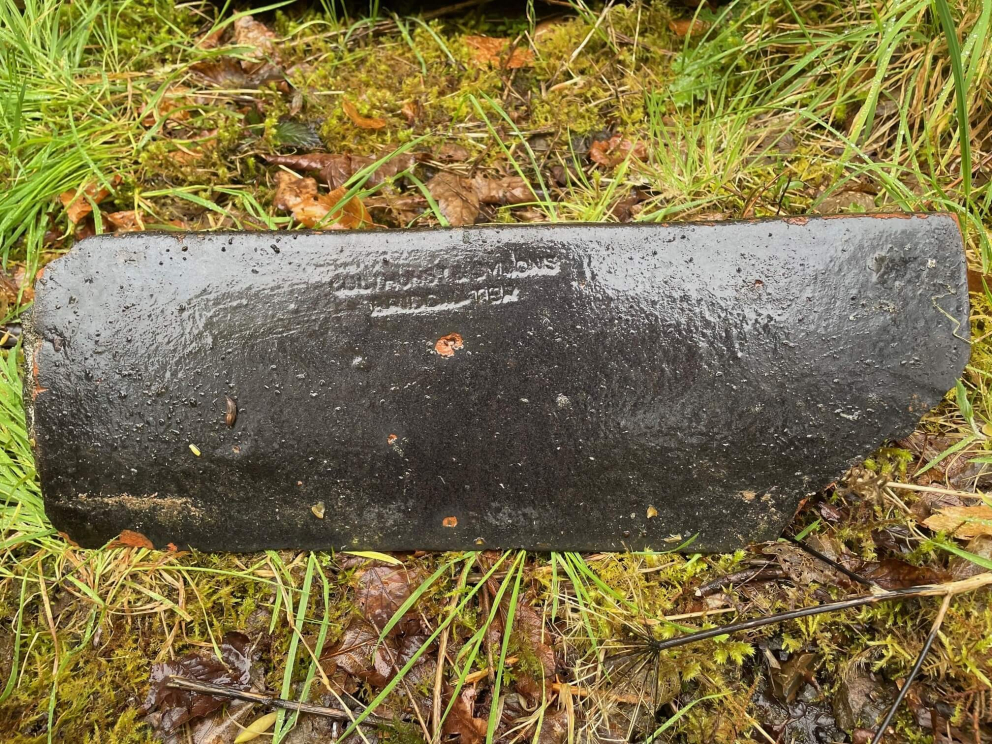
Sadly, the ridge tiles that were on the box when dismantled at Umberleigh were secured with a mortar mix that was far stronger than the tiles themselves, and all were damaged upon removal. The black glazed tiles were made by Colthurst & Symons of Bridgwater, a business established in 1857 and which continued trading up until the 1960s. Like-for-like replacements are available, but different sets of nail holes in the rafters suggest two historical re-roofings, so it seems unlikely that these ridge tiles were the originals? If anyone is able to shed any light on this question, then please get in touch.
Lastly, the project was very pleased to receive a donation of approximately 50 new roofing slates, some of which have been delivered to site.
